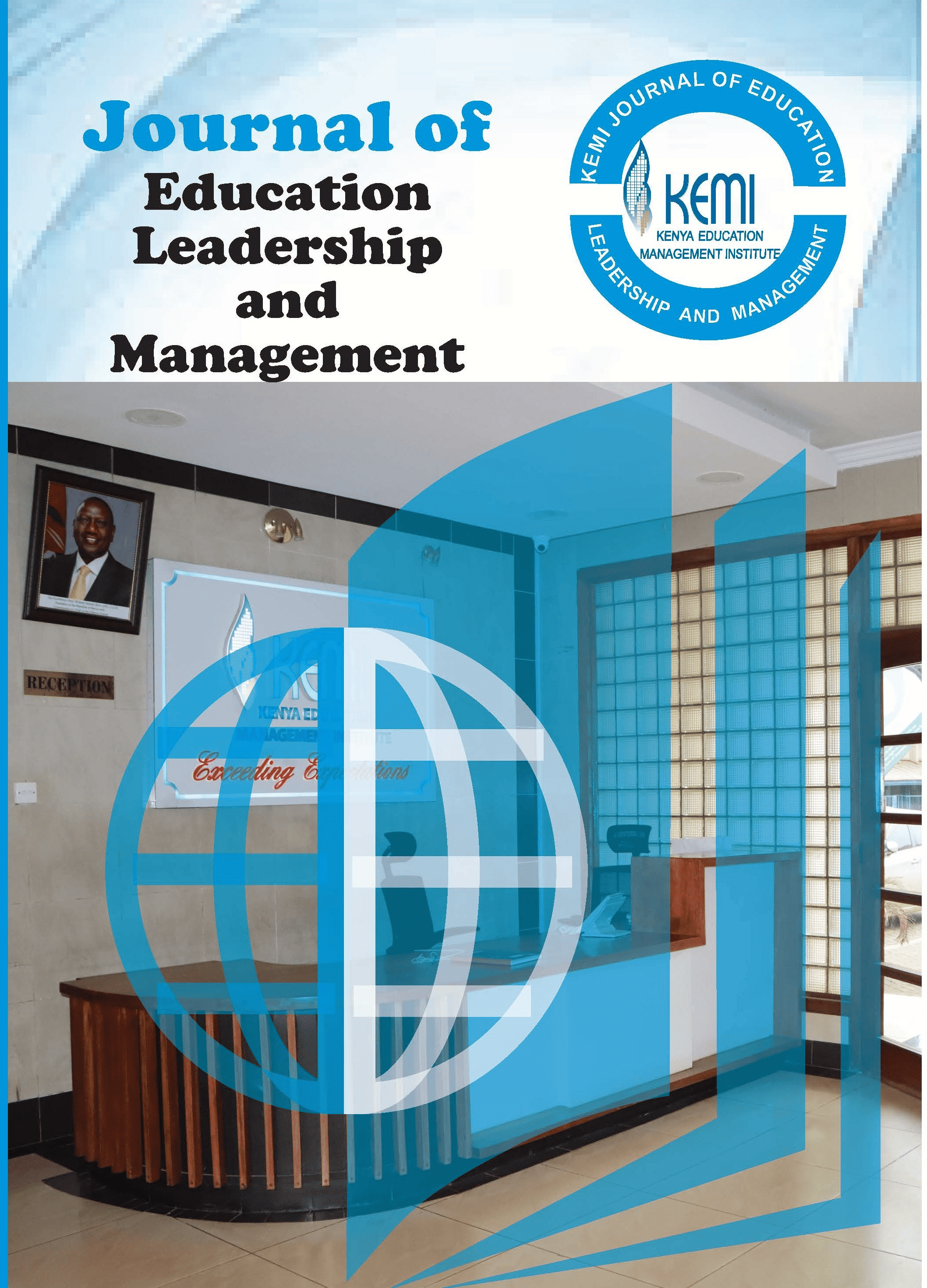Abstract
This research explores the influence of community participation in Education management as a Necessity for Educational Development. Using the frameworks derived from the Social Capital theory and Ecological Systems Theory, this research examines how participation in communities can affect education. The study further established that there is a positive relationship between community involvement and academic achievement of the students with an overall positive impact on educational development. However, it is indicated that the involvement of communities increases the rate of success more if the community is of a high class. The study also defines activities for increasing community participation, including partnership, involvement in decisions, and utilization of technology, but the techniques require culturally and contextually sensitive approaches. The study finds that while barriers inhibit the effectiveness of and limit participation in education, improving community access is possible through planned strategies and viable programs. Some of the suggestions include developing partnerships, seeking financial support, and using appropriate approaches to ensure all students will reap from community participation irrespective of status.

